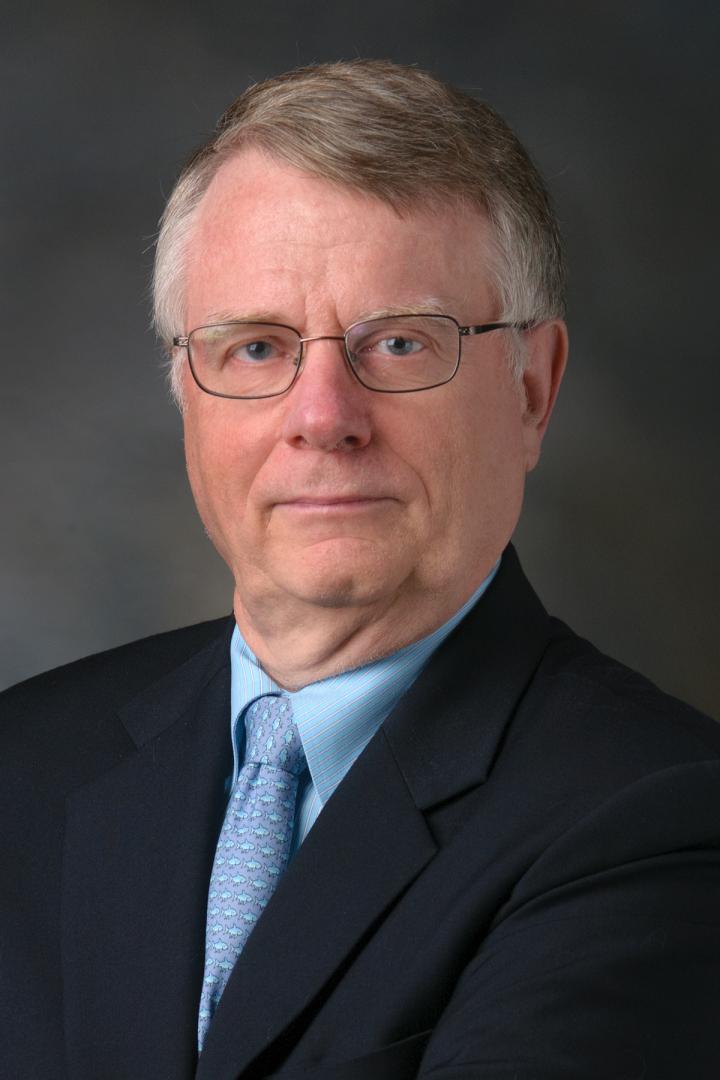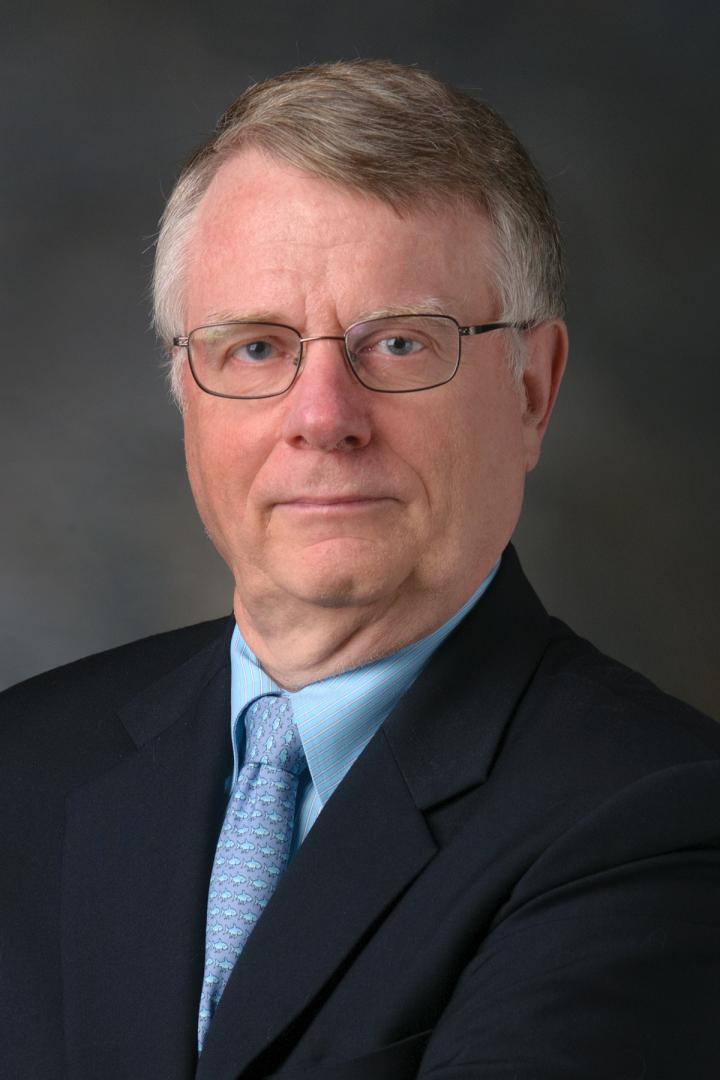
Credit: MD Anderson Cancer Center
HOUSTON – A study at The University of Texas MD Anderson Cancer Center has shown promise for effective treatment of therapy-resistant cancers caused by a mutation of the RAS gene found in many cancers. The pre-clinical study combined therapies targeting the inhibitors polyADP ribose polymerase (PARP) and mitogen-activated protein kinase (MEK). The findings were published this week in Science Translational Medicine.
Mutations in the RAS gene account for more than 90 percent of pancreatic cancers, 50 percent of colorectal cancers, and 30 percent of lung cancers, and a significant portion of many other types of tumors. Unfortunately, these cancers are usually resistant to traditional treatments contributing to poor patient outcomes.
"Nowhere is the need for targeted therapies greater than for cancers driven by oncogenic RAS, which represents the most common type of potentially targetable mutation in cancer," said Gordon Mills, M.D., Ph.D., chair of Systems Biology. "Our study demonstrated that the rational combination of PARP and MEK inhibitors warrants clinical investigation in patients with RAS-mutant tumors where there are few effective therapeutic options."
PARP inhibitors block a key pathway for cellular DNA repair, effectively stopping many cancers with defects in DNA repair from growing, but the disease soon gains resistance due to the tumor's cell ability to adapt to stresses caused by the therapy. MEK inhibitors also are used to affect pathways often overactive in some cancers.
Mills' team found that combinations of PARP and MEK inhibitors evoked "unexpected cytotoxic effects" in vitro and in vivo in multiple RAS-mutant tumor models across tumor lineages where RAS mutations are prevalent. The combination therapy worked independent of mutations in tumor suppressor genes including BRCA1, BRCA2 and p53, suggesting the dual therapy's potential as a treatment for multiple RAS-mutant cancers. It also was effective for tumors that had become resistant to PARP, as well as in cells that did not have aberrations in BRCA1 and BRCA2, suggesting the combination could expand to a wide spectrum of patients likely to benefit.
"The sensitivity of RAS-mutant cells to the combination appears to be independent of intrinsic gene expression patterns, as observed across multiple different lineages," said Mills. "Because the synergistic responses to MEK1 and PARP1 combinations also were independent of p53 mutation status, the approach should be effective in both normal and mutant p53 tumors. Together, the in vitro and in vivo data argue that a MEK1 and PARP1combination offer the potential to induce cell death and increase the magnitude, duration and spectrum of PARP activity."
Currently, clinical trials in this area of investigation are under consideration at MD Anderson.
###
MD Anderson research team members included Chaoyang Sun, Ph.D., Yong Fang, Ph.D., Jun Yin, Ph.D., Jian Chen, Ph.D., Dong Zhang, Ph.D., Xiaohua Chen, Ph.D., Christopher Vellano, Ph.D., Kang Jing Jeong, Ph.D., Yiling Lu, M.D., and Shiaw-Yih Lih, Ph.D., all of Systems Biology; Zhenlin Ju, Ph.D., Bioinformatics and Computational Biology; Patrick Kwok-Shing Ng, Ph.D., Sheikh Khalifa Bin Zayed Al Nahyan Institute for Personalized Cancer Therapy; Shannon Westin, M.D., Gynecologic Oncology and Reproductive Medicine; and Guang Peng, M.D., Ph.D., Clinical Cancer Prevention.
Other participating institutions included Tongji Medical College, Wuhan, China; Zhejiang University School of Medicine, Hangzhou, China; University of California, San Francisco; Baylor College of Medicine, Houston; and Harvard Medical School, Boston.
The study was funded by the National Institutes of Health (SU01CA168394, SP50CA098258, SP50CA083639, and CA016672); Susan G. Komen (SAC110052); the Andrew Sabin Family Fellowship program; and the Dr. Miriam and Sheldon G. Adelson Medical Research Foundation.
Media Contact
Ron Gilmore
[email protected]
713-745-1898
@mdandersonnews
http://www.mdanderson.org
############
Story Source: Materials provided by Scienmag





